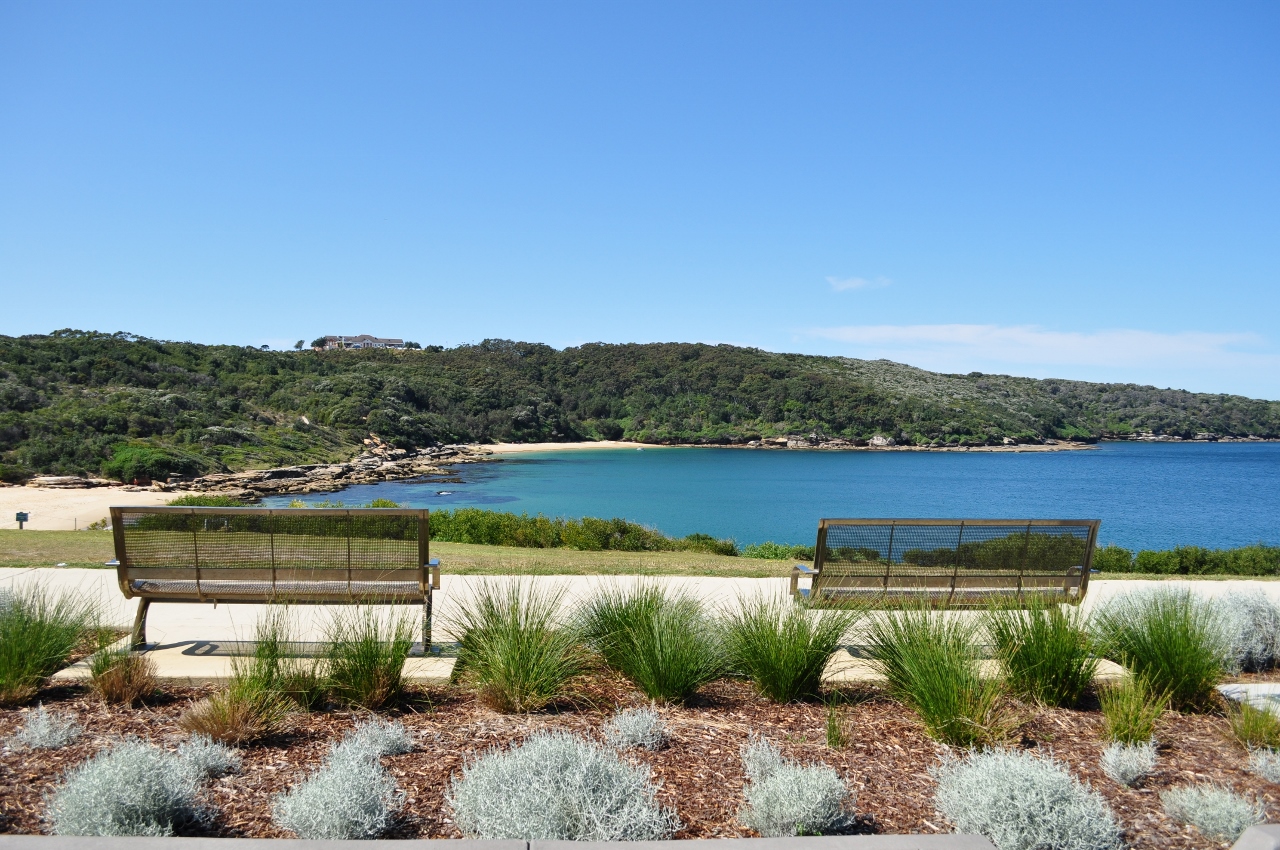 This tour of Sydney is quickly turning into a trip down memory lane. Not deliberately, but because I really have seen lots of Sydney – and have family connections to it.
This tour of Sydney is quickly turning into a trip down memory lane. Not deliberately, but because I really have seen lots of Sydney – and have family connections to it.
Even though I haven’t been through the Opera House yet, I decided to leave the city and travel to Botany Bay. Another major landmark in Sydney’s past (Cook’s landing place), but one that’s not visited by anywhere near as many tourists.
And it has Sydney’s best kept secret beach.
A quick snapshot of the white history of Sydney – Cook landed at Botany Bay in April 1770 (autumn) and claimed it for England. He named the bay in honour of his botanist – Sir Joseph Banks – who discovered many new plant species (well, new for them). The lush grasslands convinced Cook it would be a good place for a settlement, and he took this information back to England.
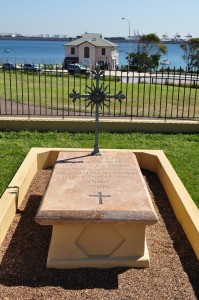 Because they had lost their penal colony in America, Britain finally sent a fleet of convicts to establish a settlement in Australia. They landed at Kurnell just inside the headland on the south side of Botany Bay in January 1788 (summer) and found a harsh, dry place with no fresh water. If they’d gone to the other side of the Bay they would have found plenty of fresh water in the swamplands of what are now the suburbs of Botany and Mascot. Instead, the captain of the fleet, Arthur Phillip, set off with a boatload of men to find something a bit more conducive to settlement and found Sydney Harbour a few miles up the coast.
Because they had lost their penal colony in America, Britain finally sent a fleet of convicts to establish a settlement in Australia. They landed at Kurnell just inside the headland on the south side of Botany Bay in January 1788 (summer) and found a harsh, dry place with no fresh water. If they’d gone to the other side of the Bay they would have found plenty of fresh water in the swamplands of what are now the suburbs of Botany and Mascot. Instead, the captain of the fleet, Arthur Phillip, set off with a boatload of men to find something a bit more conducive to settlement and found Sydney Harbour a few miles up the coast.
In the meantime, the French also landed at Botany Bay. They pulled up on the northern headland of Botany Bay, and hoisted a French flag. There was a bit of a stand-off for 6 days, and then the French left peacefully and were never seen again – literally, the boat disappeared. You think the Bermuda Triangle is scary – try sailing around this part of the world with thousands of square miles of open ocean and many coral reefs.
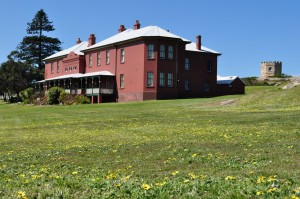 The French landing place is now called La Perouse after the captain of the two French ships, Jean-François de Galaup, comte de Lapérouse. It has Australia’s first white gravesite (one of the French medics), the oldest Customs House (the round sandstone castle-like building), and the first telegraph connection with New Zealand (the Telegraph House is now the La Perouse Museum), among other things.
The French landing place is now called La Perouse after the captain of the two French ships, Jean-François de Galaup, comte de Lapérouse. It has Australia’s first white gravesite (one of the French medics), the oldest Customs House (the round sandstone castle-like building), and the first telegraph connection with New Zealand (the Telegraph House is now the La Perouse Museum), among other things.
It is also has a lot of Aboriginal history and is home to a large Aboriginal community. Having spent 10,000s of years in the area they obviously knew where the food and water was, and how to access it – Cook’s lush autumn grasslands were the result of land management by the local people.
And on a personal note, my paternal grandfather’s family were fishermen in Botany and the family also owned a large wool scouring factory at Botany.
The Swinbourne family lived in and around Botany for generations, and my children went to the same primary school as my father. Our connection to the area is long, and there’s even a street named after us in the suburb. Well, after my great-great grandfather or uncle, not us specifically.
And of course it goes without saying that we’re all Bunnies supporters. I can even remember the Rabbitohs coming around in their horse drawn wagons, with the rabbits on ice, when I visited my grandparents. It was a working class area, and rabbits were cheap meat – and plentiful.
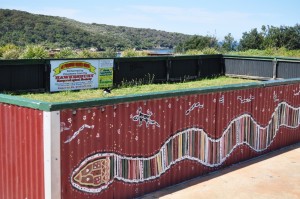 As kids we used to get taken to La Perouse on weekends to see the snake man and watch the boomerang throwing. Both are still there, still fascinating young children and adults alike. It might even be the same boomerang thrower, Laddie Timbery, showing how it’s done and telling stories of Aboriginal history and culture. Australia might never have won a World Boomerang Throwing title (yes, it’s an international sport), but there’s still nothing like seeing it done by the real experts, and hearing the stories that go along with it.
As kids we used to get taken to La Perouse on weekends to see the snake man and watch the boomerang throwing. Both are still there, still fascinating young children and adults alike. It might even be the same boomerang thrower, Laddie Timbery, showing how it’s done and telling stories of Aboriginal history and culture. Australia might never have won a World Boomerang Throwing title (yes, it’s an international sport), but there’s still nothing like seeing it done by the real experts, and hearing the stories that go along with it.
So back to that beach, or more accurately those beaches. Little Congwong and Big Congwong are just inside the heads on the north side of the bay and eastern side of La Perouse. I used to take my kids there sometimes in summer. They’re sheltered from most winds and being in the Bay don’t have any surf, so are very safe. The water is crystal clear, and as they’re inside the headland they face westerly so you still get the afternoon sun, making it a perfect spot for an after work swim.
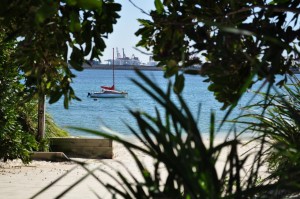 Little Congwong is an unofficial nude beach, but don’t worry, you won’t stumble across anybody walking around naked. To access it you have to walk across Big Congwong and then around the rocks.
Little Congwong is an unofficial nude beach, but don’t worry, you won’t stumble across anybody walking around naked. To access it you have to walk across Big Congwong and then around the rocks.
Across the other side of the La Perouse headland you have Frenchman’s Bay (named after guess what?), and Yarra Bay. Both these look across to Port Botany and the airport both of which add even more interesting things to watch. But I’m already waaaay over my blog word limit so more on that next time.
